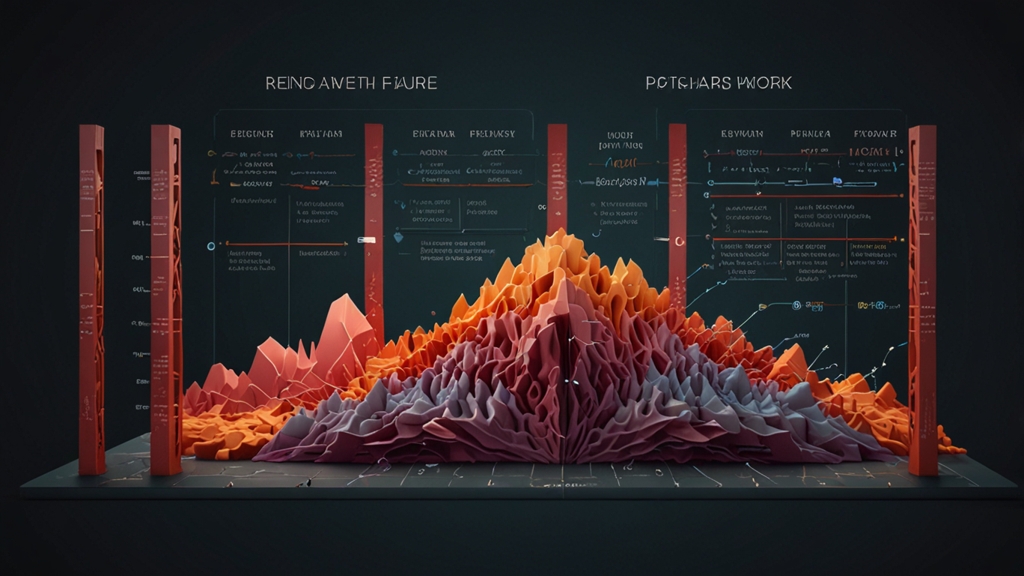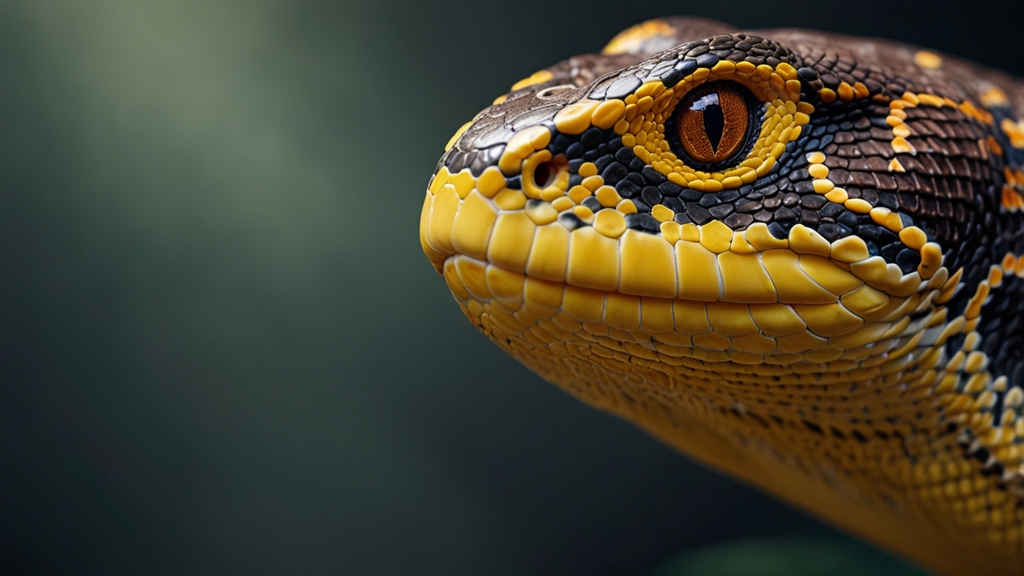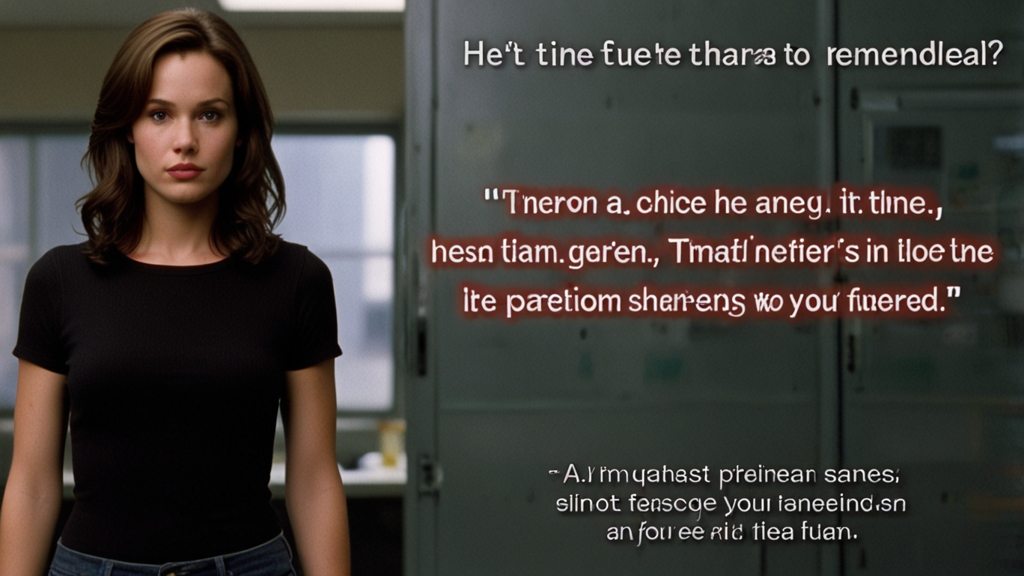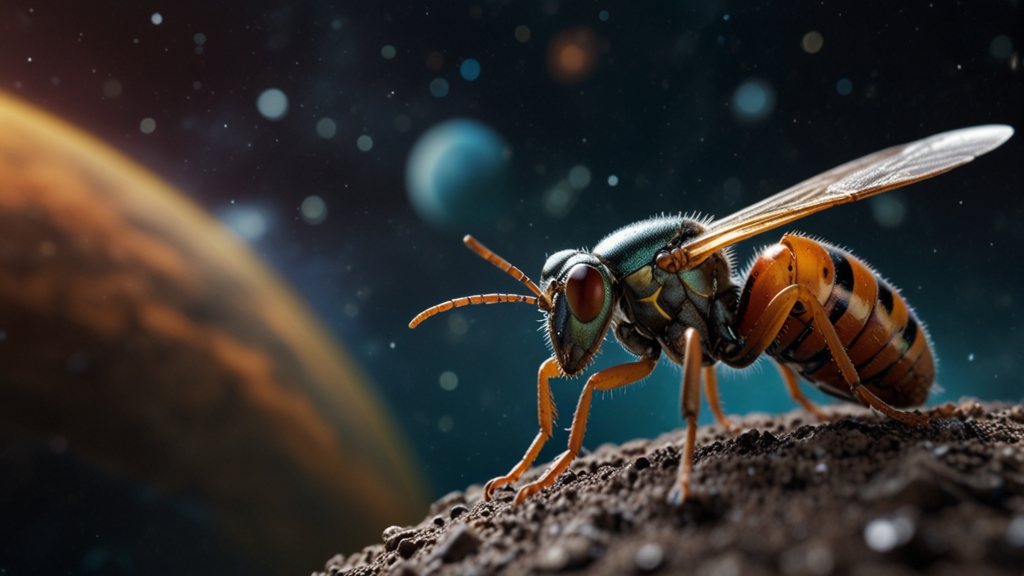Endangered or Extinct? Shocking Truths About Our Wildlife
The delicate balance of our planet’s ecosystems is being disrupted at an alarming rate, pushing many species to the brink of extinction. The rate at which wildlife is vanishing is unprecedented and alarming. Human activity is one of the central drivers of this crisis, leading to habitat destruction, climate change, over-exploitation, and pollution. Understanding the fragility and significance of our natural world has never been more critical.
A Glimpse into Endangerment
Endangerment refers to a species at a high risk of extinction in the wild. The International Union for Conservation of Nature (IUCN) categorizes species into various levels of conservation status. The categories range from "Least Concern" to "Critically Endangered," with the latter indicating an imminent risk of extinction.
"Species classified as 'Endangered' or 'Critically Endangered' face a very high risk of extinction in the wild, often within a few decades if current conditions persist." - IUCN Red List
Many emblematic species such as the Bengal Tiger, Mountain Gorilla, and Asian Elephant are teetering on the edge. Efforts to preserve their populations are ongoing yet face myriad challenges, including poaching, deforestation, and climate change.
The Grim Reality of Extinction
Extinction, the complete disappearance of a species, is a natural process; however, the current rate of extinction is estimated to be 100 to 1,000 times higher than the natural background rate. Several iconic species, such as the Passenger Pigeon and the Western Black Rhinoceros, have already disappeared forever.
"The loss of a species is like losing an entire library of knowledge that has been built over millions of years. Extinction is the ultimate fate of all species, but our actions are accelerating the process at an unnatural pace." - World Wildlife Fund (WWF)
Main Causes of the Crisis
The primary factors contributing to the endangerment and extinction of wildlife include:
Habitat Destruction
Deforestation, urbanization, and agricultural expansion are fragmenting and destroying the habitats vital for wildlife survival. Ecosystems like the Amazon rainforest and the Great Barrier Reef are among the most affected.
Climate Change
Rising global temperatures and changing weather patterns are altering habitats and food sources. Species that cannot adapt quickly enough are at increased risk of extinction. Polar bears, for example, are suffering from the rapid melting of Arctic ice.
Over-Exploitation
Illegal hunting, poaching, and overfishing are causing dramatic declines in wildlife populations. Rhinos are hunted for their horns, while several fish species are overfished to the point of collapse.
Pollution
Pollutants like plastic, chemicals, and oil spills are contaminating land and water ecosystems. Marine animals such as turtles and seabirds often ingest plastic, mistaking it for food, leading to fatal consequences.
Steps Towards Conservation
Although the situation is dire, there are ways to mitigate this crisis. Some of the steps include:
Protected Areas
Establishing and maintaining protected areas like national parks and reserves help safeguard vital habitats and provide refuge for endangered species.
Sustainable Practices
Promoting sustainable agricultural, fishing, and forestry practices can reduce the impact on wildlife populations.
Legislation and Policies
Stronger enforcement of wildlife protection laws and international agreements can combat illegal activities such as poaching and the trafficking of endangered species.
Public Awareness and Education
Increasing public awareness and education on the importance of biodiversity conservation is crucial for garnering widespread support for conservation initiatives.
"Conservation is a state of harmony between men and land." - Aldo Leopold
Conclusion
The crisis facing our wildlife is a sobering reminder of the profound impact humans have on the environment. While the challenges are enormous, there is still hope. Through concerted conservation efforts and a commitment to sustainable practices, it is possible to preserve the rich biodiversity of our planet for future generations. It is imperative that we act now to prevent more species from slipping into the abyss of extinction.













